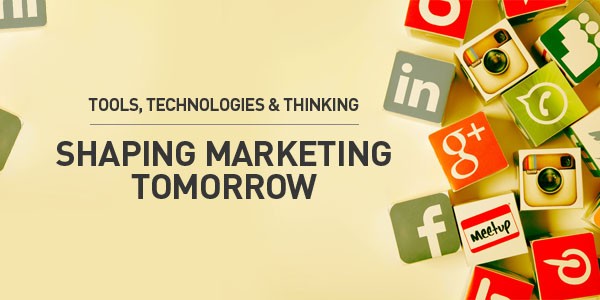- Am I spending enough, or am I spending too much?
- How do I know what’s working, and what isn’t?
- How do I use online platforms to lower my sales acquisition costs while raising conversion rates?
- Does mobile marketing make sense for my brand?
- Has online shopping worked in Malaysia?
- Is Malaysia ready for social media marketing as a mainstream vehicle?
- Can technology help us quantify brand influence and how do I identify the biggest influencers in my category?
- What’s the future of media, of customer engagement, of ideas?
In 2 days in February 2011, 220 of the most influential brands and experts in marketing gathered in Awana Genting to ponder, share and debate some of the most provocative thinking shaping marketing today . Delegates previewed key trends shaping marketing in the years to come – in Malaysia and abroad – from marketing sciences, to the role of creative disruption, to shopper marketing and social media listening, digitization of business and the role of family values.
In the process, we got a small degustation discovery platter of how new tools, technology and thinking were about to change the roles of marketers and marketing departments (in some cases, trends that were ALREADY changing the marketing landscape). Here’s a quick cliff-notes-style snapshot of some broad themes that emerged, and also how your brand can survive, evolve and thrive.
1. The retail battlefield has evolved irrevocably with digitization
Few Malaysian brands better demonstrates the digitization of shopping better than Mudah.my. Its General Manager Shylendra talked about how despite being relatively young, Mudah has become by far the largest single marketplace for goods in Malaysia, with listings of over MYR50billion per annum (many, many times what the largest malls in Malaysia’s could ever hope to sell).
Apart from digital commerce channels, Mahesh Neelakantan who heads Ogilvy Action’s shopper marketing practice in the region spoke about how digitization can also aid retail in the form of new tools and frameworks that better target specific consumer behaviors once they are in ‘shopping mode': from mobile apps for shopping lists, to rich-media info and communications triggered by simply scanning barcodes printed on-pack.
Navonil Roy from Maxis spoke about the future of media and communication convergence and the potential for fusing the mediums in which we currently communicate (mobile telephony and internet devices) together with browsing, shopping and buying platforms of the future.
2. The traditional battle for customers has become a land-grab for influence and influencers
Khailee Ng, Founder of says.my and YouthAsia, talked about the emergence of the “friends’ stream” as the single most potent force in brand influence. In a world where 8 in 10 Malaysians under 35 actively share Facebook links, photos, ads, sites and news with their friends, social media has become to word-of-mouth influence what Turbo is to engines. But in order to take advantage of this wave, brands need to drastically shift the focus of their communication units – from creating memorable messages to creating content that people will want to share.
Sajith Sivanadan, Country Head of Google, talked about 3 specific consumer categories that are influenced heavily by content on search engines: travel, financial services, and technology/telecoms. Strategies that brands can deploy to earn their fair share of this new “influence stream” include optimizing their web content for search engine crawlers (SEO), supplementing their organic search engine presence with strategically-placed advertising and using the wealth of web analytics data available to improve their returns on spend.
Rene Menezes, representing cutting-edge social media listening tool Radian 6, talked about how brands are harnessing social media sentiments and opinion in creative ways. For example: Gatorade uses a social media Command Center to bring the customers inside their company while other brands listen to what people are talking about in order to discover rising consumer trends at an early stage.
3. Marketing will certainly benefit from more science, more analytics
Alasdair MacDonald from Accenture talked about how marketers today can address concerns about advertising spend accountability better than ever before. With more data and tools widely available, you can now identify which product mix, channel mix, pricing mix and multi-country allocations deliver most optimally on revenues and profit.
4. But science, without creative insight and intuition, is never as potent as it can be
In MAC11’s final debate of Marketing Science vs Magic, Media Prima’s head honcho Ahmad Izham Omar railed against the invasion of bad science and over-researched analysis into marketing. Izham believed that customers rarely know what they want in the future. And the future of marketing is less about predicting what customers desire, and more about creating that desire.
Gaurav Bhasin, from 701search (owners of Mudah.my) spoke about how any innovation requiring constant experimentation needed to be a marriage of both imagination and science. And how, in the end. neither science nor creativity provided the answers alone, but both work in concert produce the best results.



